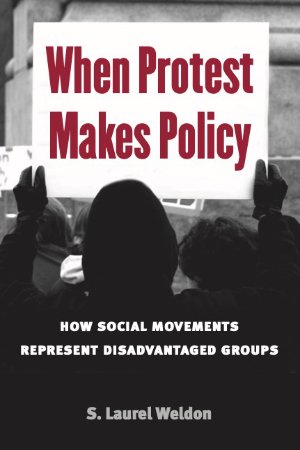By Gillian Shorter, Phoebe McKenna-Plumley, Kerry Campbell, Jolie Keemink, and Benjamin Scher, et al.
Overdose prevention centres can also be referred to as drug consumption rooms, safe consumption/injecting/smoking sites, and/or other relevant names. These names can reflect legal distinctions e.g. in Canada, which relate to permanency or function of the site. There are currently over 200 OPCs worldwide in 17 countries, primarily in urban areas, and they cater to a range of drug types and visitor numbers.
Overdose prevention centres can be integrated facilities with other services, specialised sites which are primarily an OPC with limited other services, mobile sites, or tent/other temporary sites. Collaboration and consultation before and after a service opens is central to successful OPCs. Potential and actual OPC users should be consulted on the design of and running of sites to support their use. Collaboration and consultation involving members of the local community, businesses, police, elected representatives, public health, or other local authority staff with OPC staff and operators can smooth over any issues before and after a service opens. Belfast, Queen's University, 2023. 188p.
pureadmin.qub.ac.uk/ws/portalfiles/portal/530629435/DS_OPC_Report_V4.pdf








